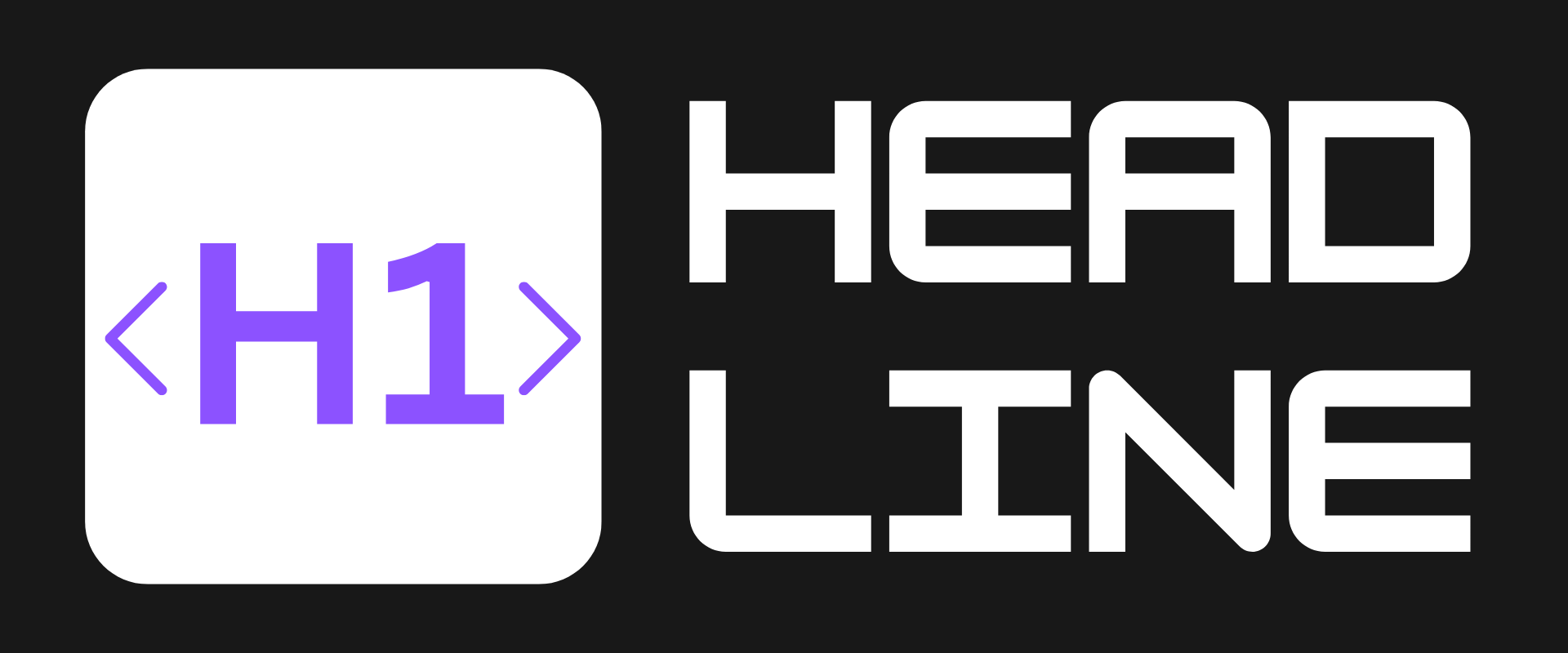Why Build When You Can Create? How St. Thomas University Engineered Its Own AI Chatbot

When universities rush to buy AI tools, one school asked: What if we built our own? In 2023, Dr. Chih Lai at the University of St. Thomas faced a common dilemma—adopting AI—but chose an uncommon path. Instead of purchasing a ready-made chatbot, he and graduate student Jihun Moon engineered TommieBot, a homegrown AI assistant now transforming campus life. Let’s dive into how this DIY approach is saving costs, boosting accuracy, and redefining AI literacy.
🤖 The Problem: Off-the-Shelf AI vs. Campus-Specific Needs
- Costly Subscriptions: Commercial chatbots often charge per-user fees, with enterprise solutions costing universities upwards of $100k annually.
- Generic Responses: Tools like ChatGPT struggle with hyper-local queries (e.g., “What’s the engineering lab’s 3D printer policy?”).
- Data Privacy Risks: Third-party AI might expose sensitive student or faculty data.
- Missed Learning Opportunities: Buying tech skips hands-on R&D chances for students and staff.
Dr. Lai’s lightbulb moment? “We realized we could build something better—tailored to our community,” he said.

✅ The Solution: TommieBot’s Homegrown Breakthrough
In just two years, St. Thomas deployed a chatbot with:
- ✅ Custom RAG Architecture: Their retrieval-augmented generation (RAG) system outperforms major chatbots in accuracy by pulling from 10,000+ internal documents (policies, FAQs, tech guides).
- ✅ Zero Licensing Fees: Saved the university “thousands” already, per developers.
- ✅ AI Literacy Boost: Students and staff co-designed features, like ClassNavigator integration for semester planning.
- ✅ Campus-Wide Adoption: Live on School of Engineering and Dougherty Family College sites, with plans to expand to admissions and IT support.
“TommieBot isn’t just a tool—it’s a catalyst for AI experimentation,” said Jonathan Keiser, the project’s co-lead.
🚧 Challenges: Scaling a Homebrew AI
- ⚠️ Integration Hurdles: Merging with legacy tools like ClassNavigator required cross-department collaboration.
- ⚠️ Performance at Scale: Ensuring speed during peak usage (e.g., registration week) demanded optimized algorithms.
- ⚠️ Accessibility: Making the chatbot ADA-compliant for users with disabilities added complexity.
As Lai noted: “Every roadblock became a masterclass in problem-solving for our team.”

🚀 Final Thoughts: A Blueprint for the AI-Curious Campus
TommieBot’s success hinges on:
- 📈 Continuous Learning: Upgrading its RAG model as policies and tech evolve.
- 🤝 Cross-Campus Buy-In: Partnerships with the Institute for AI for the Common Good ensure ethical deployment.
- 💡 Expanding Use Cases: Future plans include AI tutoring and mental health support.
Could your organization benefit from building rather than buying? What campus problem would you task a homegrown AI to solve?
Let us know on X (Former Twitter)
Sources: Abraham Swee. Meet TommieBot: A Generative AI Chatbot, Engineered for and by Tommies, May 6, 2025. https://news.stthomas.edu/meet-tommiebot-a-generative-ai-chatbot-engineered-for-and-by-tommies/










